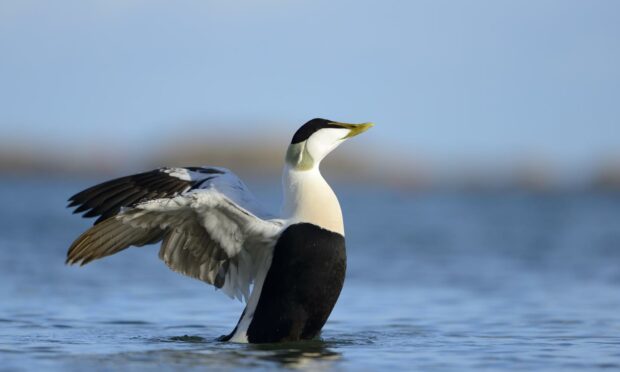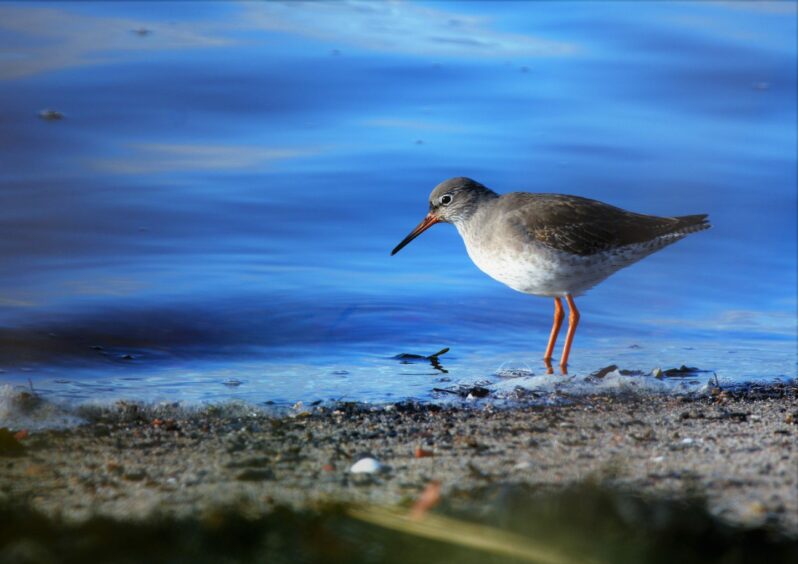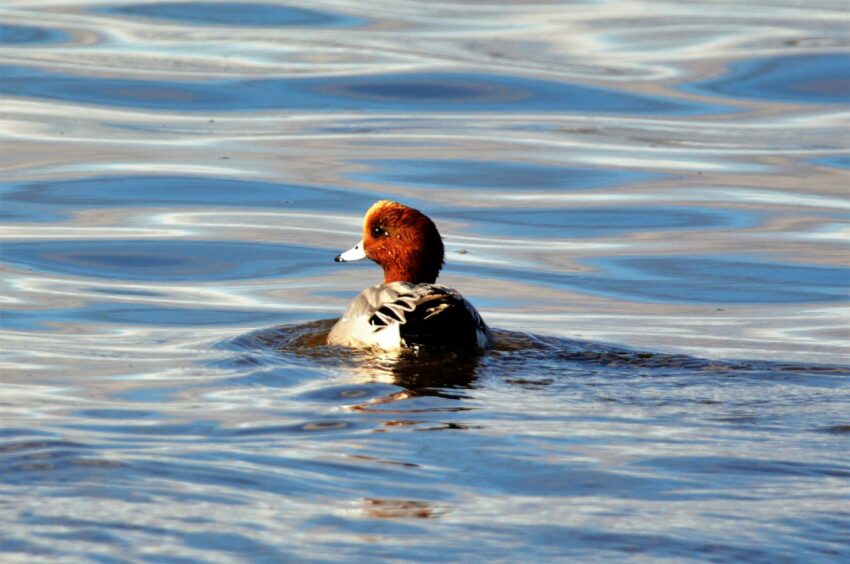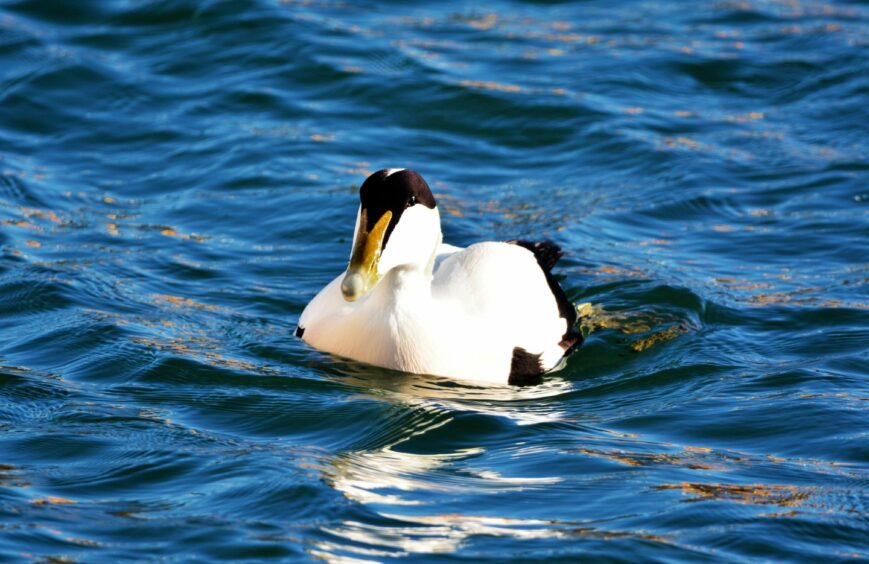Estuaries are addictive places with their wide, open horizons and the bewitching music of nature busy at work, including the honking of geese, the piping of redshanks and oystercatchers, and the soft, flute-like whistles of teal and wigeon as they dabble in the shallows.
Recently, I ventured to two of my favourite estuaries – the Ythan, which lies north of Aberdeen, and the inner Forth by Torryburn in west Fife.
It was interesting to compare the two, the similarities and the differences, and to become immersed in their wonderful wildness.
Shallow, muddy enclave
At Torryburn, several miles upriver from the Forth bridges, lies the shallow, muddy enclave of Torry Bay.
This is a rich haven for ducks such as mallard and wigeon, and where curlews and redshanks abound.
The wigeon are especially appealing, for they are skittish ducks and endearingly shy.
However, at Torry Bay, they have become tolerant of people because of a busy shore path, and it is usually possible to achieve good views without disturbing them.
When it comes to beauty and elegance, the drake wigeon is right there at the top, with his puffed-up lilac breast, burnt-sienna head and yellow, tufted fore-parting.
Wigeon are noisy ducks and their long, musical whistles drift across this part of the Forth like haunting laments.
Wigeon were very much to the fore when I visited the Ythan, and it was with growing enchantment that I watched a small group feed in a flooded margin of grassland by the Foveran Burn, which spills out into the estuary at Newburgh.
In among the wigeon were teal, which are noticeably smaller ducks, but no less beguiling.
Redshanks and turnstones skipped on pattering feet around the ducks, eagerly probing the watery margins for small invertebrates.
Following the estuary
From the Foveran Burn, I ventured to the other side of the Ythan, and took the path that follows the course of the estuary.
I scanned the water with my binoculars and picked out several more wigeon, but something was missing.
At first, I couldn’t work out what it was; then a dawning materialised on the mind – it was the lack of eiders.
I have been visiting the Ythan for around 40 years and in the past the eiders were one of the mainstays of the river – now I could only see a handful. What has happened?
NatureScot, who manage the Forvie National Nature Reserve by the Ythan, tell me that eiders have declined substantially since the 1970s.
The reason for the decline is uncertain and there is likely to be a combination of factors, including climate change, changes in land use, predation, pollution in the wider environment and disturbance.
This year, there was the additional impact of Avian Flu which probably accounted for poor productivity in the breeding season.
It was with sadness that I turned on my heels in the fading light of dusk to return to the car park at Newburgh.
Eiders are the beating heart of the Ythan, and it would be a tragedy if their numbers were to continue to fall.




Conversation